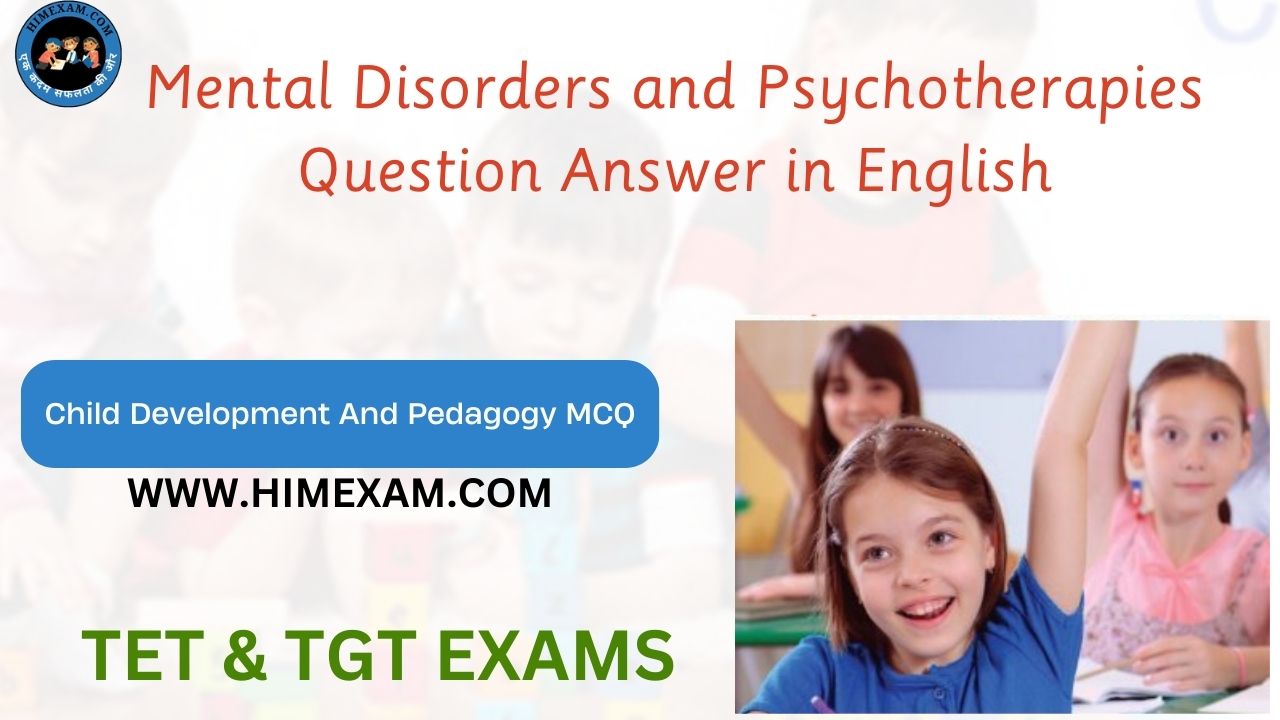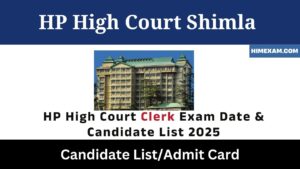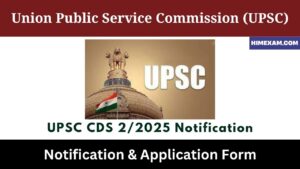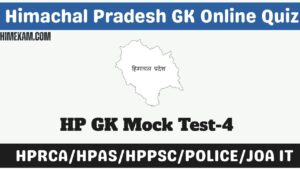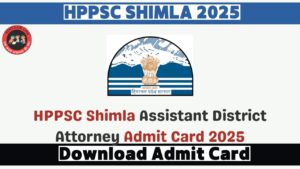Table of Contents
ToggleMental Disorders and Psychotherapies Question Answer In English
Mental Disorders and Psychotherapies Question Answer In English :-If you are preparing for any HPTET & HPTGT paper then this post is very important for you. This post contains Mental Disorders and Psychotherapies Question Answer In English . Check our website daily to see other parts.
Test Series & Ebooks:-
Mental Disorders and Psychotherapies Question Answer In English For TET & TGT Exam:
1. Inclusive education:
(1) Promotes rigorous admission procedures
(2) It is related to the education of facts
(3) Relates to inclusion of teachers from marginalized sections
(4) Celebrates diversity in the classroom
2. Education should be provided to children with special needs:
(1) In special schools
(2) By special teachers in special schools
(3) With other general children
(4) By methods developed for special children in special schools
3. The objective of the Centrally Sponsored Integrated Scheme for Disabled Children is to provide opportunities for education to children with disabilities:
(1) In regular schools
(2) In special schools
(3) In open schools
(4) In blind schools
4. Which of the following physical causes is not often associated with phonological disorder?
(1) Deafness
(2) Palatine
(3) Short frontal section
(4) Cerebral palsy
5. Autism has the following practical symptoms:
(1) Onset after 6 years of age
(2) Repetitive behaviour
(3) Of delayed language development
(4) a severe lack of social interaction
6. Which of the following is an example of a hidden disability?
(1) Autism
(2) A.D.H.D.
(3) Bipolar
(4) All of the above
7. Current concept of understanding of mental retardation in psychiatry does not contain:
(1) Etiological understanding of intelligence and its impairment
(2) Estimation method and associated correlates for management
(3) Developmental disorder not clinically recognized
(4) The need for damage and sagging keys of norms are all called disorders
8. Which is not the most practical and realistic approach to handling gifted children?
(1) Acceleration
(2) Adaptation or Enrichment
(3) Grouping of Merit
(4) Schemes of Special Scholarships and Awards
9. Which is the more appropriate definition of an exceptional child?
(1) He is intellectually very good
(2) He is emotionally underdeveloped
(3) He is socially very different from others
(4) One who is so different from the normal child in mental, physical and social characteristics that they require modification in the school system
10. Disability which affects the handwriting ability and fine motor skills of a child is called:
(1) Dyscalculia
(2) Dysgraphia
(3) Dystonia
(4) Dysmorphia
11. A child is unable to differentiate between ‘ANT’ and ‘TAN’, ‘STARED’ and ‘STARTED’, what should be situation?
(1) Dysmorphia
(2) Dyslexia
(3) Dyscalculia
(4) Dysgraphia
12. The success of integrated education depends upon:
(1) On the support of the community
(2) On the excellence of the text books
(3) On the quality of the teaching-learning object
(4) Attitude change in teachers
13. If a student comes home and gets angry at his younger sister after being scolded by the teacher in the class, then what does it become an example of?
(1) Displacement
(2) Sublimation
(3) Transformation
(4) Reaction Formation
14. Children with special needs should be provided with:
(1) Along with other normal children
(2) By methods developed for special children in special schools
(3) In special schools
(4) By special teachers in special schools
15. A teacher should express faith in which of the following values in the context of dealing with disadvantaged learners?
(1) Not demanding from the student
(2) Using shock and anger for acceptance by the students
(3) Personal responsibility for the success of the students
(4) High expectations of proper behaviour
16. An inclusive classroom is one where:
(1) There is active participation of the children in view of the possibility of solving maximum problems
(2) Teachers create an environment for each learner to have diverse and meaningful learning experiences
(3) The assessment is repeated until each learner achieves a minimum grade
(4) Teachers teach only from approved books to reduce the burden of the students
17. When a disabled child comes to school for the first time then what should a teacher do?
(1) He should take an entrance test
(2) He should propose to adopt a special method of teaching according to the disability of the child
(3) He should be kept separate from other students
(4) The development of a cooperative plan should be discussed with the child’s parents
18. Successful inclusion requires the following. Except:
(1) Separation
(2) Parental involvement
(3) Capacity building
(4) Sensitizing
19. Which of the following philosophical approaches should be followed to deal with children with special needs?
(1) They should be separated and their education should be in some different educational institutions
(2) They should be given only vocational training
(3) They have the right to inclusive education and to study in regular schools
(4) They do not need any kind of education
20. Students from disadvantaged groups should be taught along with normal students. It means:
(1) Inclusive education
(2) Special education
(3) Integrated education
(4) Exclusive education
21. The full form of CWSN is
(1) Child with Special Needs
(2) Children Work Special Needs
(3) Central Welfare for Special Needs
(4) Center for Wellness of Special Needs
22. The objective of Integrated Education Scheme is to provide educational opportunities to …… children in normal school.
(1) Disabled
(2) Normal
(3) Blind
(4) Deaf
23. The basic premise behind inclusive education is that:
(1) There is diversity in society and schools need to be inclusive to be sensitive to this diversity
(2) The standards for the performance of each child should be uniform and standardized
(3) We need to be kind to children with special needs and they should have access to facilities
(4) It is not cost effective to arrange separate schools for children with special needs
24. Children coming from socio-economically disadvantaged backgrounds need a classroom environment which
(1) Values and utilizes their cultural and linguistic knowledge
(2) Discourages the use of their language so that they can learn the mainstream language
(3) Classifies children on the basis of their abilities
(4) Teaches them good behaviour
25. Which one of the following is not a method to help susceptible children to learn?
(1) Offering alternative methods of learning
(2) Incorporating physical activity into their daily schedule
(3) Reprimanding them frequently when they are restless
(4) Breaking a task into small, manageable chunks
More Pages:-
हेलो दोस्तों ,आपका हमारी वेबसाइट Himexam.com पर स्वागत है। जैसा की आपको पता है हमारी वेबसाइट Himexam.com आपको समय-समय पर सभी HP Govt Jobs & All India Govt Jobs की Notifications प्रदान करवाती है। साथ ही साथ Himachal Pradesh Exam Previous Paper और Himachal Pradesh GK ,Himachal Pradesh & National +International Current Affairs के सभी नोट्स मुफ्त उपलब्ध करवाते है। हमारी वेबसाइट के अलग अलग प्लेटफार्म पर pages & Group बने है जैसे की facebook ,Telegram और Instagram .. अगर आप हिमाचल के किसी भी पेपर की तैयारी कर रहे हो तो जल्दी से इन groups के साथ जुड़ जाएं इनके लिंक नीचे table में दिए गए है।
Join Us:-
| Like Our Facebook Page | Click here |
| Join Us oN Telegram | Click here |
| Join Us On Instagram | Click Here |

